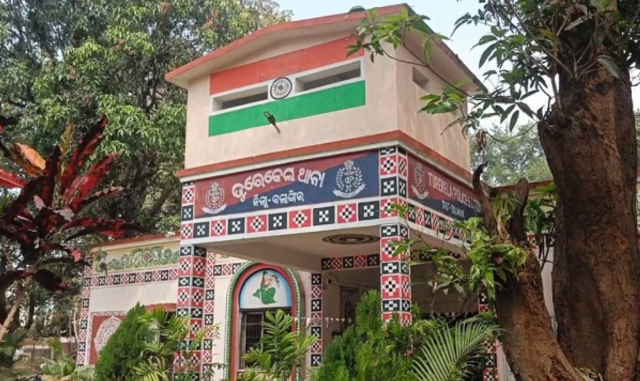The India-Pakistan border conflict reached a critical juncture on Friday, May 9, as Pakistani drones were sighted at 26 strategic locations along the International Border and Line of Control (LoC), stretching from Baramulla in Jammu and Kashmir to Bhuj in Gujarat.
Pakistani drones were spotted at 26 locations, including Srinagar, Pathankot, Ferozepur, Jaisalmer, and Barmer. Defence sources confirmed that these included armed drones posing threats to both civilian and military targets. In a distressing incident, an armed drone struck a residential area in Ferozepur, Punjab, severely injuring a local family. The injured were promptly hospitalized, and the area was secured by security forces. “The Indian Armed Forces are maintaining a high state of alert, tracking and engaging all aerial threats using counter-drone systems,” a defence official stated, adding that the situation is under constant surveillance.
Explosions were reported in Srinagar’s airport area, Samba, and Jammu city, with blackouts enforced in border regions to mitigate risks. Drone attacks on Srinagar airport and Awantipora air base were thwarted, showcasing the effectiveness of India’s air defence systems, including the S-400 Triumph, Barak-8, and Akash missiles, alongside DRDO’s anti-drone technology.
India’s response to the aerial threats has been swift and decisive. The Indian Army and Air Force deployed the indigenous Akash missile system along the western border, successfully intercepting multiple threats. Over 50 Pakistani drones were neutralised in a large-scale counter-drone operation across Udhampur, Samba, Jammu, Akhnoor, Nagrota, and Pathankot, using advanced systems like L-70 guns and Schilka systems.
Amid the conflict, India has heightened security nationwide. At least 24 airports, including Srinagar and Chandigarh, have suspended civilian flights until May 15, and the Indian Premier League (IPL) has been indefinitely suspended following the cancellation of a match in Dharamsala.
Prime Minister Narendra Modi chaired a key meeting to review the situation, while Defence Minister Rajnath Singh met with military chiefs to ensure operational preparedness.
The United Nations Security Council held closed-door consultations, urging both nations to de-escalate and engage in dialogue, though no formal statement was issued. The UN Secretary-General’s spokesman, Stéphane Dujarric, warned that “the world cannot afford a military confrontation between India and Pakistan,” highlighting the nuclear risk in the region. U.S. Vice President J.D. Vance stated that the U.S. would not intervene, calling the conflict “none of our business,” while President Donald Trump urged both nations to “stop” the conflict and offered diplomatic assistance.
Defence sources have advised citizens in border areas to remain indoors, limit movement, and follow safety instructions. Several states, including Punjab, Haryana, Rajasthan, and Jammu and Kashmir, have implemented blackouts, closed schools, and cancelled government employees’ leaves. The Gujarat government banned drones and firecrackers until May 15, while security was tightened at critical infrastructure like the Hirakud Dam in Odisha and Bhubaneswar Railway Station.
The Ministry of Defence has urged media outlets to avoid live coverage of security operations, citing risks to national security. Meanwhile, the government debunked fake news about suicide attacks in Rajouri and drone strikes in Jalandhar, attributing such misinformation to Pakistani sources aiming to spread fear.
As the conflict continues, India remains steadfast in its commitment to counter terrorism while avoiding escalation.





























